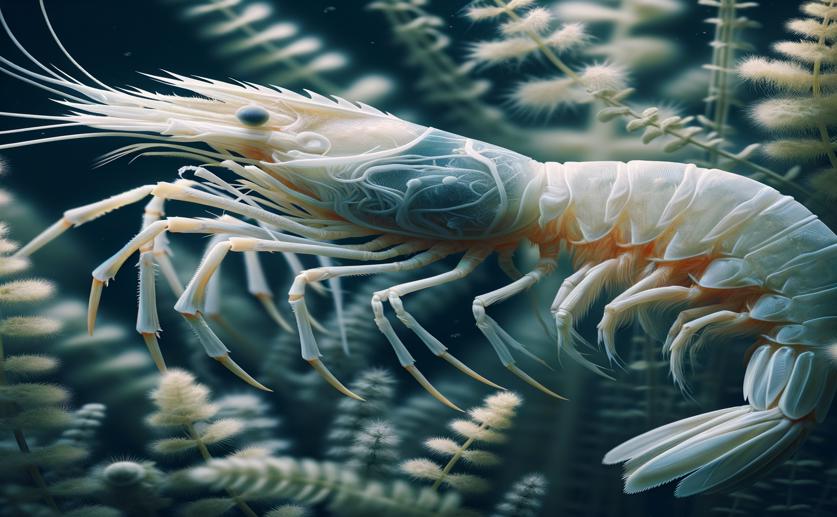
Identifying ATG Genes and Their Stress Responses in Chinese White Shrimp
Jenn Hoskins
21st June, 2024

Image Source: Natural Science News, 2024
Key Findings
- The study by Qingdao Agricultural University focused on the role of autophagy in shrimp during viral infections
- Autophagy is activated in shrimp cells when infected with the White Spot Syndrome Virus (WSSV), helping them fight the virus
- Researchers identified several autophagy-related genes and proteins that increase in response to WSSV, indicating their role in shrimp's antiviral defense
References
Main Study
1) Genome-wide identification of ATG genes and their expression profiles under biotic and abiotic stresses in Fenneropenaeus chinensis
Published 20th June, 2024
https://doi.org/10.1186/s12864-024-10529-2
Related Studies
2) The white spot syndrome virus DNA genome sequence.
Journal: Virology, Issue: Vol 286, Issue 1, Jul 2001
3) Improved genome assembly of Chinese shrimp (Fenneropenaeus chinensis) suggests adaptation to the environment during evolution and domestication.
4) Comparative proteomic profiling in Chinese shrimp Fenneropenaeus chinensis under low pH stress.



 22nd April, 2024 | Greg Howard
22nd April, 2024 | Greg Howard